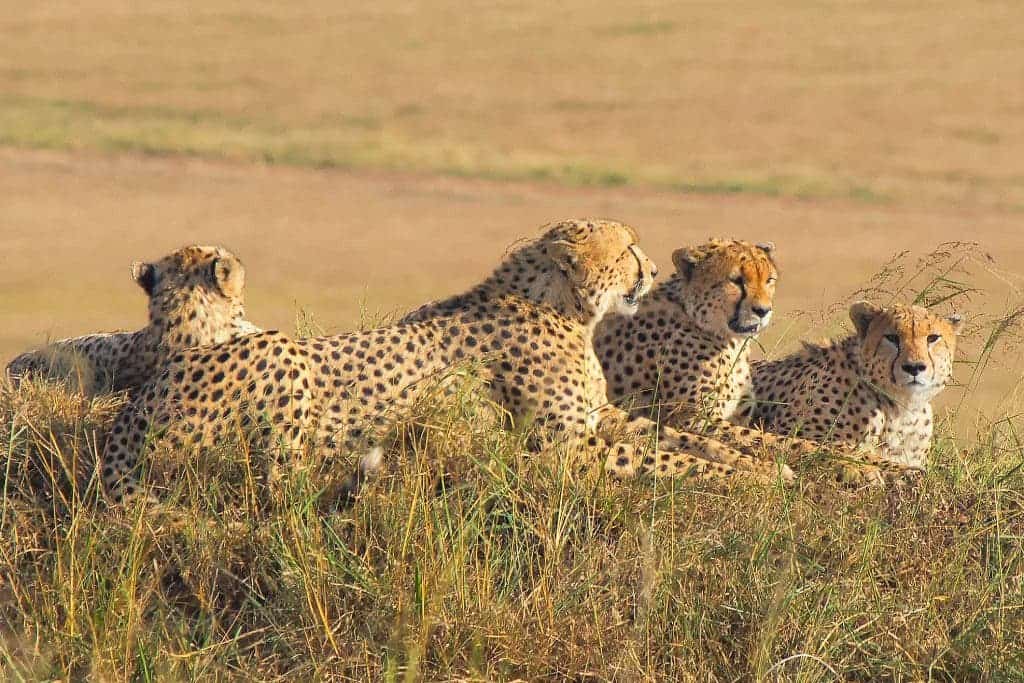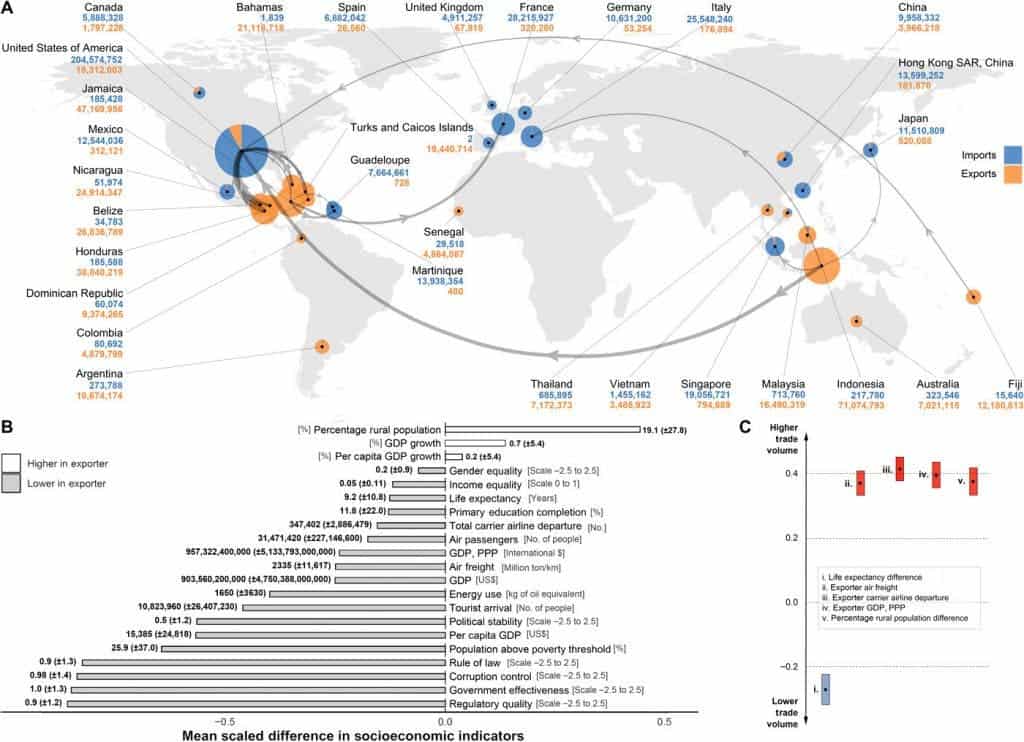Over 420,000 million wild animals were traded in 226 countries in the last two decades, according to figures from a new global study. The researchers found that wealth inequality is one of the main drivers behind the wildlife trade, suggesting developed countries should pay developing ones to help them conserve wildlife.

We’re in the midst of the sixth mass extinction. Unlike previous ones which were caused by meteorites or volcano eruptions, this one is caused by us. Wild animals are commodified and viewed as ‘products’. Subjected to unsustainable practices, global wildlife populations are dropping dramatically. The damage spills from ecosystem to ecosystem, also affecting humans in the process (both directly and indirectly).
Moreover, the wildlife trade is a pathway for diseases that are capable of damaging vulnerable animal populations. Pathogenic organisms spread via trade do not only infect animals but may sometimes be transmittable to humans. These outbreaks can vary in scale, from localized infection clusters to global pandemics — including what we’re seeing now, which may well be caused by our interaction with wildlife.
Still, some are trying to protect the wildlife. The Convention on International Trade in Endangered Species of Wild Fauna and Flora (CITES) represents a big global effort to regulate the cross-border flow of threatened wildlife. In addition to direct protection of wildlife, these efforts can also help us better understand the problems that surround wildlife trading.
Income inequality
Recently, a global group of researchers wanted to see just what drives the wildlife market. They focused on trade in CITES-listed, wild-caught animals from 12 widely commodified animal groups over a 21-year period (1998 to 2018). Amphibians, birds, fishes, insects, mammals, and reptiles were part of the analysis.
An estimated 421,696,531 individual wild-caught animals were traded in that period, the study found. The largest exporters of wild animals were Indonesia, Jamaica, and Honduras, while the United States was the biggest importer, with France and Italy a distant second and third, respectively.
The researchers found that the wild animal trade network was more highly connected when wealth inequality between countries was greater. There were also fewer links in the global trade network when average wealth was higher. Total trade activity wasn’t correlated with the measures of global wealth and wealth inequality.

The global trade network is more extensive when importers have a greater economic advantage over a wider range of exporters, the study found. This may be because the wealth disparity between exporting and importing economies makes it more lucrative to sell wildlife products in export markets than it is to trade locally.
For example, high-grade seafood is commonly exported from developing nations, even if there is a local demand for these goods because rich importers can afford to pay a price premium. Higher levels of inequality may exacerbate this effect, thus favoring the establishment of a greater number of trade partnerships.
Although exporters were generally poorer than importers, comparatively wealthy countries at the supply end of the trade supplied more animals to the global market. Trade volume appeared to depend on access to natural habitats and wild animal populations, as more animals were traded between nations with a greater disparity in their rural populations.
Jia Huan Liew of the University of Hong Kong, who led the study, said countries supplying the most wildlife products should be given financial incentives to reduce trade over a set time period. “At the end of this period, the exporting country will receive a pre-agreed sum if the target is met,” he told BBC News.
“At the end of this period, the exporting country will receive a pre-agreed sum if the target is met,” Huan Liew said. “Funding would ideally be drawn from wealthy countries, given their commitment to the UN Sustainable Development Goals, and the fact that they play a disproportionately large role in the global wildlife market.”
The researchers believe that the Covid-19 pandemic will lead to a temporary decline in the international wildlife trade due to a set of factors, including declines in passenger and cargo air traffic. We should use this period to push for lasting transformation, rather than just a bump the researchers argued.
The team also called for transnational policies that reduce trade in threatened wild animals. No one country is going to stop wildlife trade on its own, but everyone can help — and everyone should. Policies should consider the international socioeconomic inequality to diminish the financial appeal of exporting wildlife products, seeking as well to increase the export costs for wildlife products.
The study was published in the journal Science.



